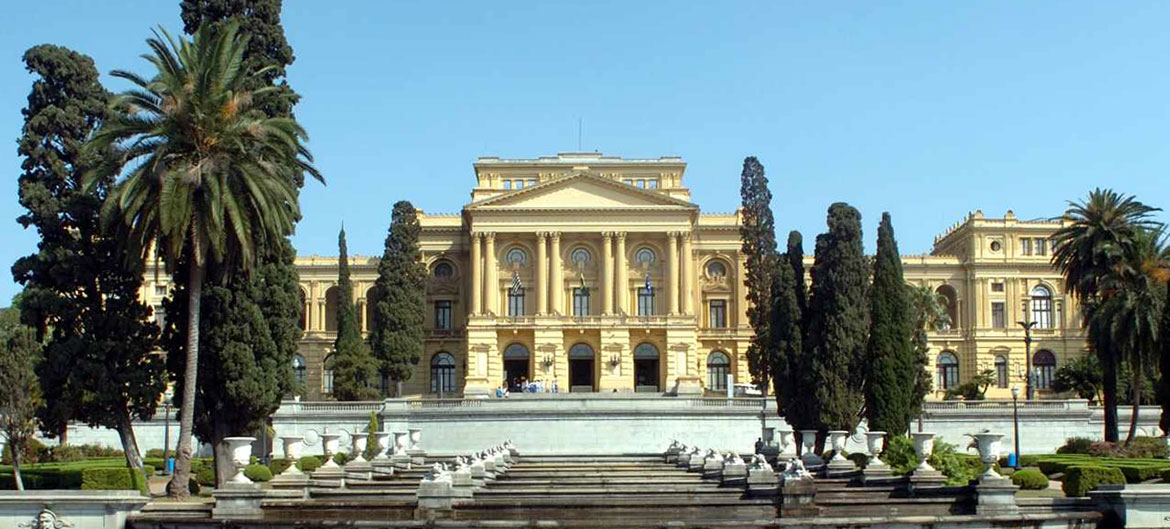University of São Paulo: Restoration of Cerrado and Atlantic Forest can generate low-risk and cost-effective carbon sequestration
Restoration of ecosystems is seen as a good alternative to sequester carbon and mitigate greenhouse gas emissions into the atmosphere. Just remember that the United Nations (UN) chose the agenda as the central subject of its thematic decade (2021-2030). “However, there is no single recipe for restoring an ecosystem, in the same way that we still have many knowledge gaps on how to do it efficiently”, points out agronomist Pedro Brancalion, coordinator of the Restoration of native vegetation for carbon sequestration project. – Restore C,carried out at the Research Center for Innovation in Greenhouse Gases (RCGI). “The aim of the project is to understand how these different ways to sequester carbon work and identify the cost components of these processes.”
The first step of the project is to investigate this question from two highly diversified Brazilian biomes: the Cerrado and the Atlantic Forest. “Carbon accumulation varies between ecosystem types. In the Atlantic Forest, there is a large amount of carbon on the surface because of the profusion of wood in the trees. This situation is different in the Cerrado, where there are fewer trees and most of the carbon is stored underground,” explains the researcher, who is also coordinator of the Tropical Silviculture Laboratory at the Luiz de Queiroz Higher School of Agriculture (Esalq ) from USP, in Piracicaba, and vice-coordinator of the Pact for the Restoration of the Atlantic Forest.
To understand which sets of species, planting or regeneration arrangements are capable of making the carbon sequestration process more efficient, the project will install flow towers at the Itatinga Forest Science Experimental Station (EECFI), in the interior of São Paulo. . This is to check the situation in the context of the Atlantic Forest. In the case of the Cerrado, the place chosen is Chapada dos Veadeiros, in Goiás. “We are going to work with what is most innovative and robust in terms of methodology”, says the researcher. “The flux tower is an imported and extremely sophisticated piece of equipment capable of measuring what is fixed and released into the atmosphere. However, it had never been used in ecosystem restoration areas. Our project is a pioneer in the world and should generate unprecedented data.”
The project will last five years and brings together a transdisciplinary team made up of nine scientists from research institutions located in Brazil, France and England. “Over this time, we will investigate other regions in the states of São Paulo, Minas Gerais and Goiás to cover variations present in the biomes, such as soil and climate”, informs the researcher. “In addition to field work, we will work with remote sensing and satellite images. The project also has a strong modeling component: from the comparison of some surveyed areas, it is possible to create a mathematical model to estimate the carbon sequestration potential of other areas.”
The ultimate goal of the project is to produce an open-access digital atlas that maps these carbon restoration sites. There will be gathered data such as the potential of a given area, restoration costs and the forecast of risks for the loss of carbon storage, which happens in cases of natural or man-made accidents, such as drought and fires. “The atlas can be a great tool to support decision-making for those who want to invest in carbon sequestration through reforestation”, says the researcher.
According to Brancalion, an important element in this decision making is to be able to calculate the relationship between cost and effectiveness. “It’s thinking, for example, not in an absolute way, but in the amount of carbon sequestered per unit of investment. Let’s assume that over 10 years a company can obtain 100 tons of carbon through a restoration project at a cost of 10,000 reais per hectare. Another option would be to sequester 50 tons, but at a cost of 2 thousand reais per hectare. In this case, it is more worthwhile to invest in areas with the profile of the second alternative and, thanks to the sum of them, manage to sequester more carbon with the same investment required by the first option. The map will help in locating which areas are the most suitable for a given project.”
In this calculation, it is necessary to take into account a series of variables in the name of the best investment choice. “If the investor already owns the land, its implementation cost will be to plant seedlings and take care of the maintenance of the area. But there is also the opportunity cost of land use, which is the amount paid to third parties to use a certain area for restoration. For example, if a rural owner earns 400 reais per hectare/year from his pasture, he will hardly give up that area for a lower value than that. With the map we can calculate the total cost of carbon sequestration by crossing opportunity costs with implementation costs.”
Brancalion has studied ecosystem reconstruction since graduation, completed in 2006. He was recently named one of the 21 highly cited researchers in the list compiled by the British company Clarivate Analytics. “Environmental restoration is a new area that attracts a lot of attention in times of climate change. The situation in our country is worrying. The Atlantic Forest has been destroyed since the arrival of the Portuguese in the 16th century and today its remnants are isolated islands in the midst of agricultural areas. The Cerrado also has significant levels of deforestation and is hotter, drier and prone to large fires”, warns the expert. “The most gratifying thing about this profession is seeing a degraded area come to life, feeling that the work is contributing to leaving a legacy for the next generations.”

